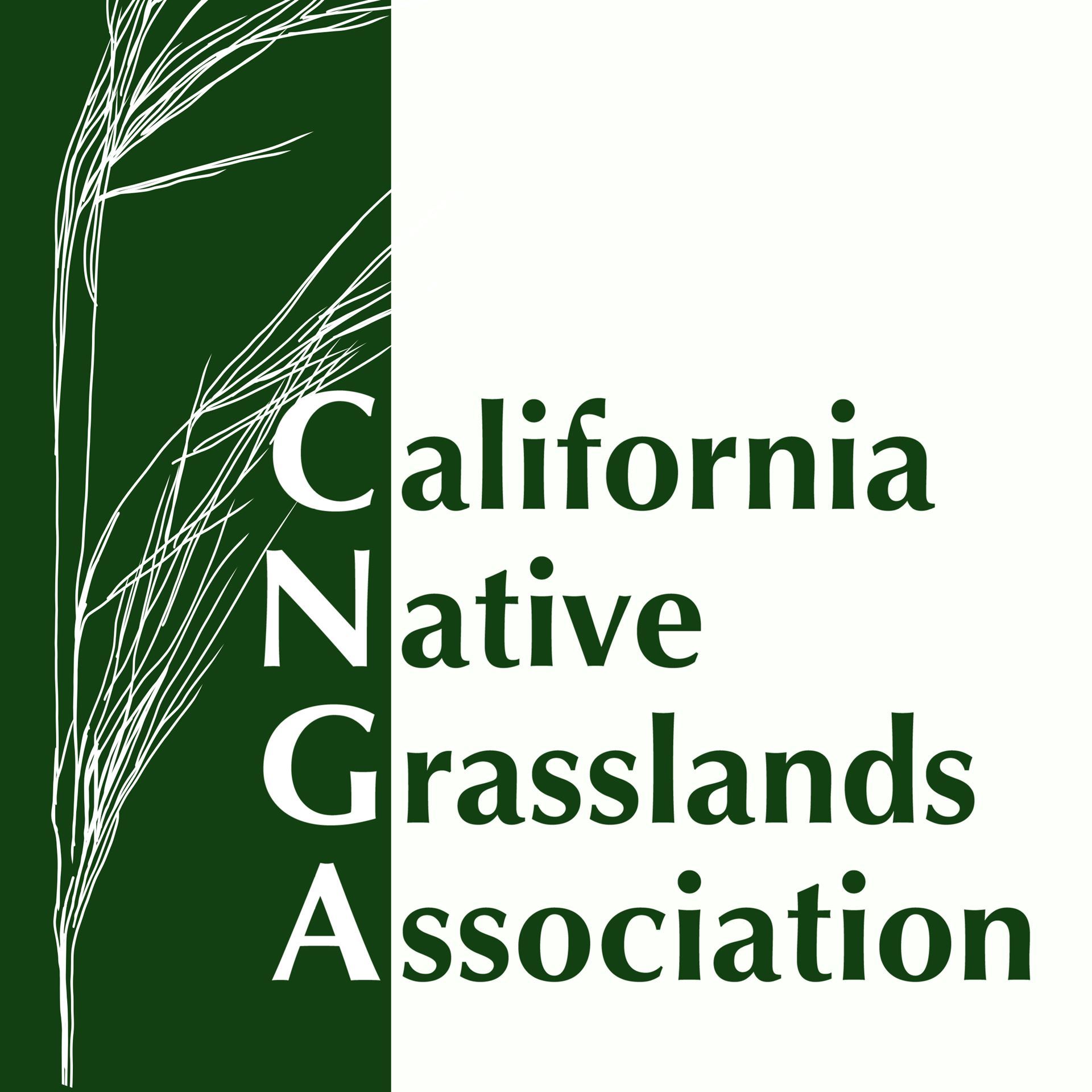
The Only Organization Working Exclusively to Conserve and Restore
California's Native Grasslands
Identifying Grassland Species |
Help with Species ID
Recognizing Plant Families of the West: Field Guide by Carol Dawson. U.S. Department of the Interior, Bureau of Land Management, Denver CO. 2021 Know Your Natives: A Pictorial Guide to California Native Grasses - Written by Jeanette Wrysinski Photography, design, and layout by David Rosen/Wildside Photography & Public Relations Copyright © 2000 by Yolo County Resource Conservation District Field Guide for Common California Rangeland and Pasture Plants of California. 2016. Authors: Larry Forero, Josh Davy, Sheila Barry, James Bartolome, and Stephanie Larson. Sedges of Marin County - both image and text keys for identifying sedges. This guide is a resource to assist plant specialists, students and amateur enthusiasts in sedge identification in Marin County and the San Francisco Bay Area. Santa Cruz Grass Identification Guide. Identification Guide for Common Native and Non-Native Grass Species of Younger Lagoon Reserve. Text and illustrations by Michael Baca. |
Quick Tip for Grasslands: Field-Identifying Native Grass SeedlingsFrom: Bryan Young, 2011, Grasslands, Vol 21 (2):3 |
Tip #1: Destructive SamplingSeeds are often easier to distinguish than seedlings. In the days or early weeks following seedling emergence, use a knife blade to extract the seedling from the ground, along with a cubic inch or so of soil. Carefully, remove soil from the seedling roots. At the point where the radical (primary root) first emerges from the seed, you will often find that the seed is still attached to the seedling. If yo recognize the seed then you will know your seedling. This technique works best on larger-seeded species. | Tip 2: Reference PlantingSave a handful of seeds from your grassland restoration project. Sort your seeds by species. Using a separate container for each species, plant your seeds in weed-free potting soil. When your restoration project receives its first germinating rain, it is time to water your test containers, and grow your reference plants. Ideally, your reference plants will grow at a similar rate to your plants in the field. You can bring your containers to the field to help you develop a search image that will help you develop a search image that will allow you to quickly identify your desired species from the weeds. |